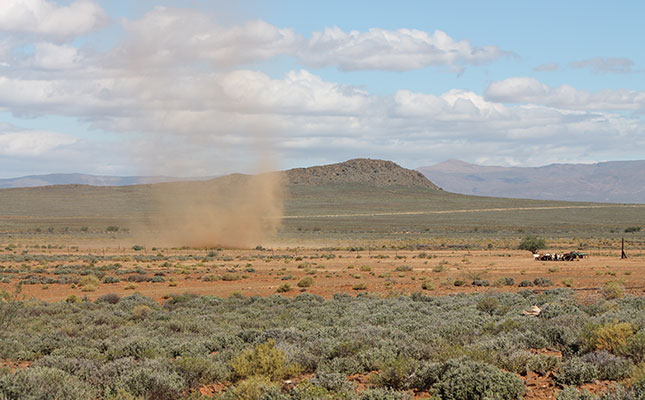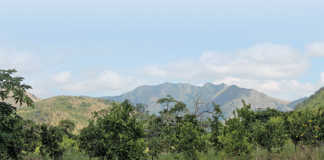
For example, building on the successes of the past few years, citrus farmers are again expected to achieve record export volumes this season.
There has been no shortage of setbacks for the citrus industry this year as COVID-19-related labour disruptions, trade restrictions and problems at the ports threatened to derail the harvest.
READ COVID-19 pushes SA citrus exports to the US to new highs
Despite these challenges, citrus growers expect to ship a record volume of 139,8 million 15kg-cartons to destinations across the world in 2020.
In further good news, after suffering multiple years of drought, winter grain producers in the Western Cape are looking forward to their best season in five years, thanks to the good rain that fell over most of the province.
The harvest still depends on sufficient follow-up rain in September, but at the moment the late-winter weather forecast is positive.
Now for the bad news. South Africa again took a top position in the latest Bloomberg Misery Index.
According to Bloomberg, with Venezuela and Argentina in first and second place respectively and South Africa in third place, this trio of countries held on to their unenviable rankings from 2019 as the world’s most miserable economies.
READ Table grape industry looks towards Asia for market growth
The index tracks inflation and employment as key indicators, and relies on the concept that “low inflation and unemployment show how good a country’s residents feel”.
Unlike the South American countries with which we share the podium of shame, South Africa has not yet experienced hyperinflation, but Argentina and Venezuela both reported unemployment rates of under 10% in 2019, while South Africa has just reached the dizzying rate of more than 30% unemployment.
Our fairly steady inflation rate might also grow more difficult to maintain should the ‘no-urgent-action-taken’ scenario presented in the July emergency budget play out, resulting in national debt exceeding 140% of GDP.
READ Hard times ahead for farmers, despite short-term gains – BFAP
The farming sector consistently punches above its weight in terms of the contribution it makes to the larger economy, especially when judged on its contribution to employment and foreign earnings.
Unfortunately, however, it cannot save the economy on its own.
It is possible for an individual business or industry to function well even within a failed state, as long as that industry can work together to keep its supply chains intact.
Given the outlook, it would make sense for the agriculture sector to become more export- orientated and focused on self-reliance for the delivery of services such as energy, safety, and infrastructure upkeep and development.
The future will rely on being less dependent on government and securing a foreign income stream, both which are totally within the realm of possibility for most of our farming industries. However, this of course assumes that government does not, in a final desperate act, embark on large-scale land grabs.










